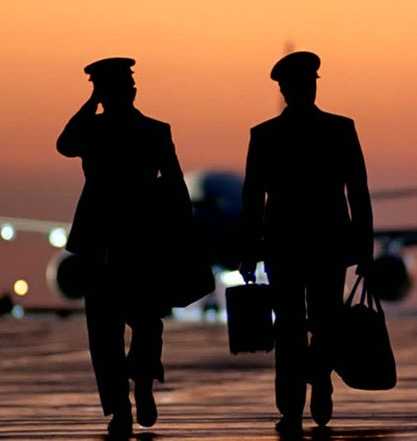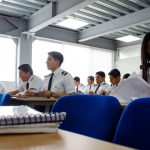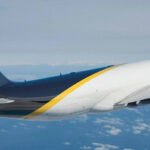Airline Pilot Jobs
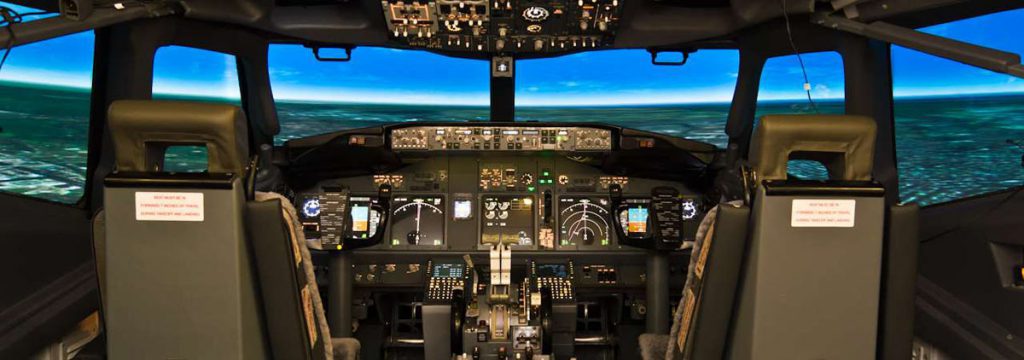
Airline Pilots are the focal point in a large team of highly trained professionals. They are what most passengers think of when it comes to operating modern airliners.
There’s a long-time stereotype of airline pilots as manly men, trained by the military, in perfect health, and getting paid and treated as rock stars while only working a few days a month.
Most of the stereotypes no longer exist. Women and minorities are welcome in the airline ranks. There is opportunity for those with some health issues and not perfect vision. And the military is no longer the largest supplier of experienced pilots to the major airlines.
Work commitments vary, but most airline pilots can expect to be away from home about half of each month. Compensation has varied over the years, with poor pay sometimes being a reality. But with a deepening pilot shortage pay is on an upward trend right now.
Description of the Job
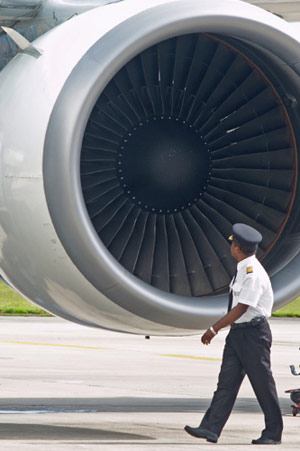
Airline Pilots are responsible for operating airliners on long, medium, or short haul routes. Airplanes flown by airlines range in size from 30 seat turboprops up to double decker wide body aircraft. A pilot will typically be qualified to fly one type of airplane at an airline at a time. Most modern airliners are flown by a crew of two, a captain and a first officer. Long haul flights will usually have additional pilots that work as relief crew while the plane is in cruise flight.
During the course of their job, airline pilots are responsible for:
- Staying up to date on company policies and procedures and government regulations pertaining to their job.
- Attending regular training and testing.
- Ensuring their personal fitness for flight including their health and meeting regulation mandated rest requirements.
- Conducting a preflight weather check.
- Coordinating with company dispatchers in planning routes, fuel requirements, and any other operational information pertinent to the flight before takeoff.
- Ensure the aircraft is within weight and balance limits for the flight.
- Ensure that the aircraft is within minimum performance envelopes for the flight including takeoff, enroute, and landing.
- Work with air traffic controllers as necessary to operate at airports and within the airspace system.
- Monitor aircraft systems, navigation, fuel loads, and weather while in flight.
- Adjust the flight to improve passenger comfort and experience. Communicate with passengers and flight attendants on the progress of the flight.
- Work with maintenance to ensure the airworthiness and legality of the airplane.
- Should an emergency or abnormal situation arise, manage that situation to ensure the safety of the passengers and crew.
Airline Pilot Salary
Airline pilot salaries are one of the more confusing aspects of the job and can vary widely depending on industry employment circumstances or the type of airline.
Airline pilots are paid an hourly rate with hours earned according to what are known as pay rigs. Rigs are based on a ratio of time spent away from base, time on duty, or time in flight. These rigs vary between airlines. But an example might say that a pilot gets paid 1 hour for every 4 hours spent away from base, 1 hour for every 2 hours spent on duty, or 1 hour for every 1 hour spent in flight. Typically a trip is paid out according to whichever rig pays the most for that trip.
Though hourly, pilots will have a minimum guarantee each month. This guarantee is typically 70 to 80 hours with pilots usually making a little more than the minimum guarantee.
When evaluating pilot employers for pay a good rule of thumb is that a pilot will typically earn 1,000 times their hourly rate a year.
Most airline pilots have benefits typical of a professional position. This includes health insurance, retirement plans, and paid time off. Types of retirement plans available can vary though most are moving towards 401K plans.
Day in the Life of an Airline Pilot
Is Airline Flying for You?
An ideal day of airline flying will not be exciting. The initial thrill of flying a large high performance jet fades. After that, when operations are going smooth, your work day will become comfortable and routine. The big differences in your work day will come from challenging weather, aircraft malfunctions, passenger behavior, and air traffic control delays. Ask yourself if, while flying continual legs that have little change, that you can maintain the discipline to adhere to standard procedures.
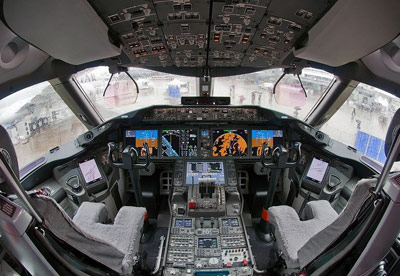
Are you comfortable with technology? Most modern airliners use flight management systems, advanced automatic flight control systems, and heads up guidance systems. Your other dealings with your employer will also be primarily through computer systems. Paper charts have mostly been replaced with tablets.
Are you good working with others? You will be part of a flight crew that includes at least one other pilot and one to several flight attendants. Your people skills will be important as you learn to work as a team to operate the airplane and maintain schedules.
Airline Pilot Lifestyle
Airline Pilot Jobs have very different schedules from the typical 9 to 5 job. You will spend stretches away from home, including holidays and other important days. Airline Pilots do not have set sleep schedules. Sometimes you will spend time with your crew while on layovers in other cities, but just as frequently you will be by yourself.
How to Become an Airline Pilot
In years past the airlines often staffed their ranks from pilots coming out of the military. The military route is still an option but it is now more common for pilots to come up through civilian positions. The road to becoming an airline pilot can be long depending on the current health of the industry.
Flight Training
Most pilots start out by getting their commercial pilot license with single engine, multi engine, and instrument ratings. Flight training can be done through aviation universities, FAA approved flight schools, or other local flight training options. Depending on what a person wants to do for the first pilot job, they may also have to earn a flight instructor license.
After working for a few years and getting to the minimum time requirements for an Airline Transport Pilot (ATP) rating pilots then earn this before progressing to flying in an airline operation. Many regional airlines will help pilots with getting their ATP.
College Degree
Airlines typically require a four year college degree. They don’t usually care what the degree is in so long as an applicant has one. Aviation Universities often try to convince would-be students that an aviation specific degree confers advantage, but this is usually not the case. In fact, getting a degree in a back-up field might be the best idea in case you have trouble with being medically certified down the road.
Airline Pilot Career Progression
In a typical hiring environment most pilots will work their way up through a series of jobs before landing their dream job at a Major Airline or Legacy Airline. Most will need to work in an entry level pilot job first such as flight instructing or pipeline patrol. Most pilots work in this position until they have enough flight experience to get their Airline Transport Pilot rating.
After their first position most pilots will then move to a regional airline job. Regional airlines fly smaller airplanes typically ranging in size from 30 passenger up to around 90 passengers airplanes. Most regional airlines operate under a major airline brand and feed passengers into the parent carrier. Pilots will typically work at a regional airline for at least a couple years before they are able to move on to a major airline or legacy carrier.
Airline Tiers
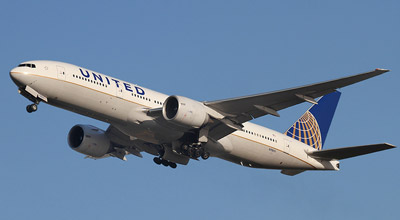
Airlines now exist as tiers.
Legacy airlines are those airlines that have been around the longest. They are often the result of many mergers throughout the years. They are the largest of the airlines and the airlines that have widebody aircraft flying long haul routes.
Major airlines are often carriers that have large operations like the legacies but are younger airlines. Most airlines that are considered in this tier do not operate widebody airplanes. Pay and work rules are similar at major airlines as to what would be found at legacy carriers except for the lack of the widebody flying and pay scales, which are usually the highest paying pilot jobs.
Regional airlines provide feed operations to major and legacy airlines. Regional airline pay and work rules are not as good as the higher tier airlines as this is considered a stepping-stone job. Though sometimes pilots end up stuck in regional airline positions for long periods of time if the health of the industry is not good.
Hiring Forecast
The projected hiring environment for pilots is positive. That is, their is a combination of world-wide growth coupled with mandatory pilot retirements that will keep pilots in demand for at least a few more years.
There is a bubble of mandatory retirements nearing. The FAA adjusted for this in 2009 by increasing mandatory retirement age from 60 to 65 years old. But this only delayed the issue. It is anticipated that U.S. airlines will have to replace 30,000 retiring pilots by 2026.
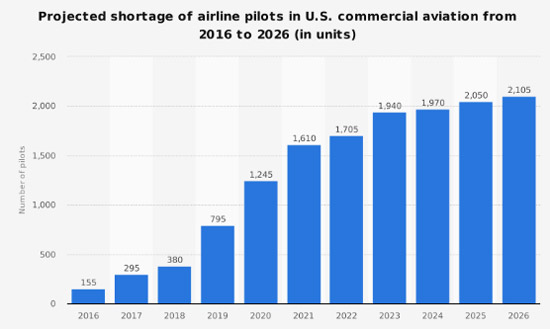
The fleet of airplanes in commercial service is growing at an unprecedented rate. The current forecasts predicts the worldwide fleet to double within the next 20 years. The greatest need for new pilots due to increasing global demand will be in the Asia/Pacific region. Global demand directly affects the ability of U.S. employers to attract and retain pilots as foreign operators are now offering lucrative opportunities to them. Foreign carriers are often targeting the most experienced of U.S. pilots (those with captain experience at major airlines).
Worldwide fleet growth is also causing a scarcity of U.S. training resources. In 2012, the FAA said that 45% of pilot written exams were taken by foreign pilots – most of whom go home for jobs after their training time in the United States.
Greg started his professional pilot journey in 2002 after graduating from Embry Riddle. Since that time he has accumulated over 8,000 hours working as a pilot. Greg’s professional experience includes flight instructing, animal tracking, backcountry flying, forest firefighting, passenger charter, part 135 cargo, flying for a regional airline, a national low cost airline, a legacy airline, and also working as a manager in charge of Part 135 and Part 121 training programs.

